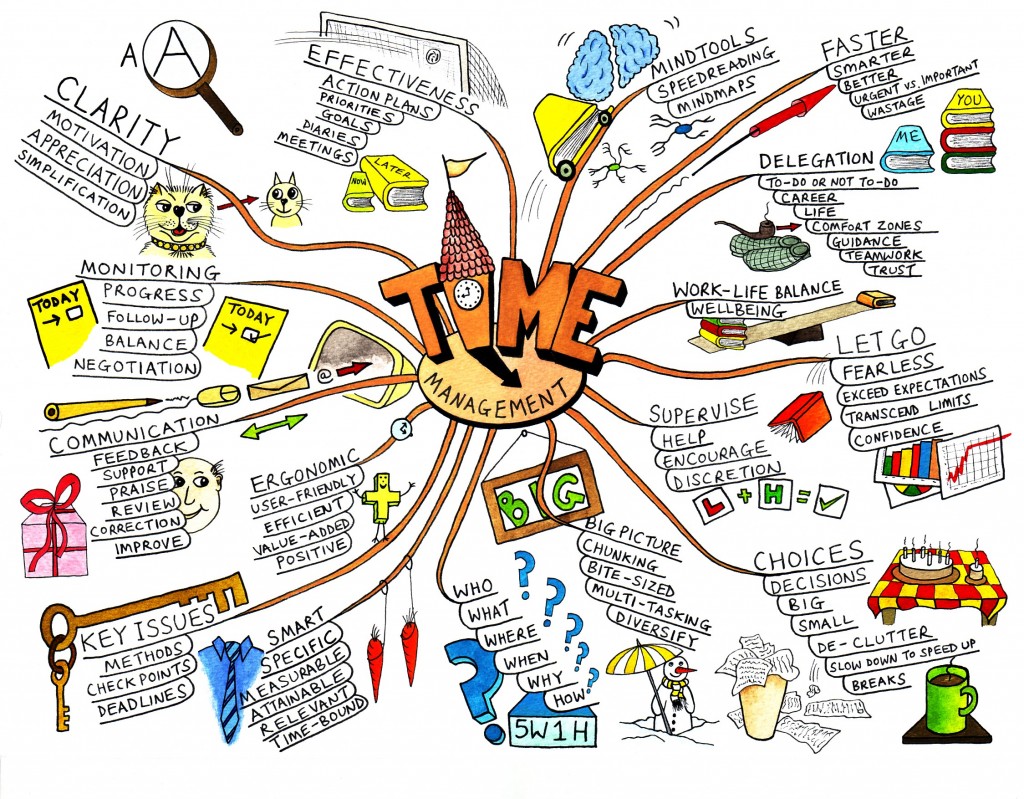Many a times in life you face situations were in you brainstorm an idea or have studied a subject in length, only to find yourself loaded with bulk of information but no clear idea of how to fit the bits together.
Mind Mapping can be a Savior
Mind Mapping is a beneficial technique that helps you learn more effectively, improves the way that you record information, supports and enhances creative problem solving. It helps you quickly identify and understand the structure of a subject. You can see the way the pieces of information fit together, as well as recording the raw facts contained in normal notes. Moreover, Mind Maps help you retain information, as they hold it in a format that your mind finds easy to recall and quick to review.

Mind Maps: An Overview
Mr.Tony Buzan, inventor of Mind Mapping in its modern format has popularized this simple but powerful concept across the globe. Mind Maps use a radial structure, instead of the list format traditionally used to take notes.
Mind Maps are more compact than conventional notes, often taking up one side of paper. With these you can make associations easily, and generate new ideas. You can also integrate more information into already drawn Mind Map with little or no disruption.
Mind Mapping equips you to break large projects or topics down into manageable and useful chunks, so that you can plan effectively without getting panicky and without skipping something important.
What does a Mind Map Show?
A good Mind Map reveals the “shape” of the subject, the relative importance of individual points, and the way in which facts relate to one another. Mind Maps are so quick to review. This means that you can very often refresh information in your mind just by looking at the Mind Map. Infact they are effective mnemonics. By remembering the shape and structure of a Mind Map you can give yourself the hints you need to remember the information within it.
Mind Maps are useful: How?
- Brainstorming – individually, and as a group.
- Summarizing information, and note taking.
- Consolidating information from different research sources.
- Thinking through complex problems.
- Presenting information in a format that shows the overall structure of your subject.
- Studying and memorizing information.
Mind maps can be used for pretty much any thinking or learning task, from studying a subject to planning your career or even building better habits. Pursuing a Mind Mapping Training Course can be great for teams, for group brainstorming and interactive presentations.
